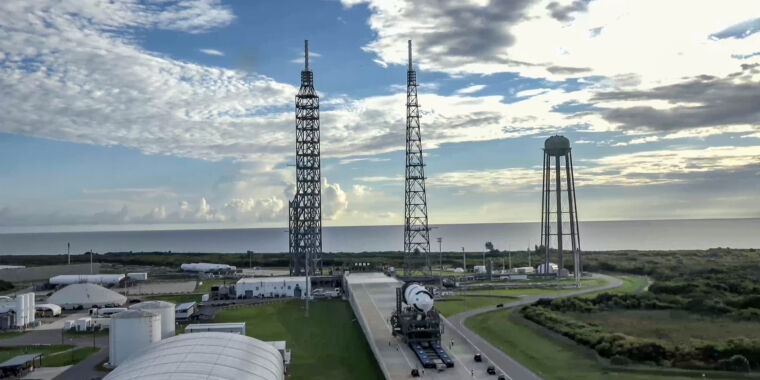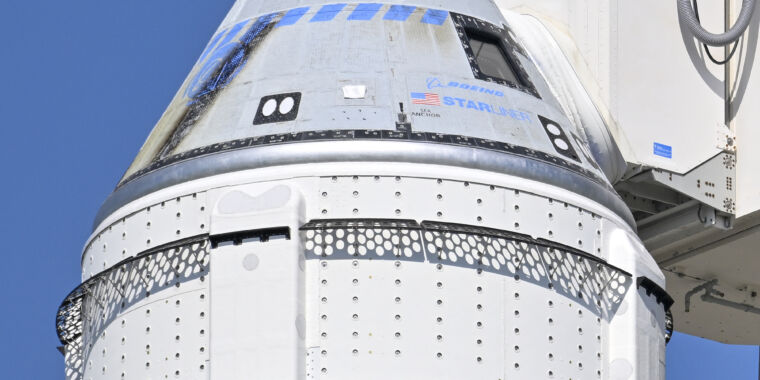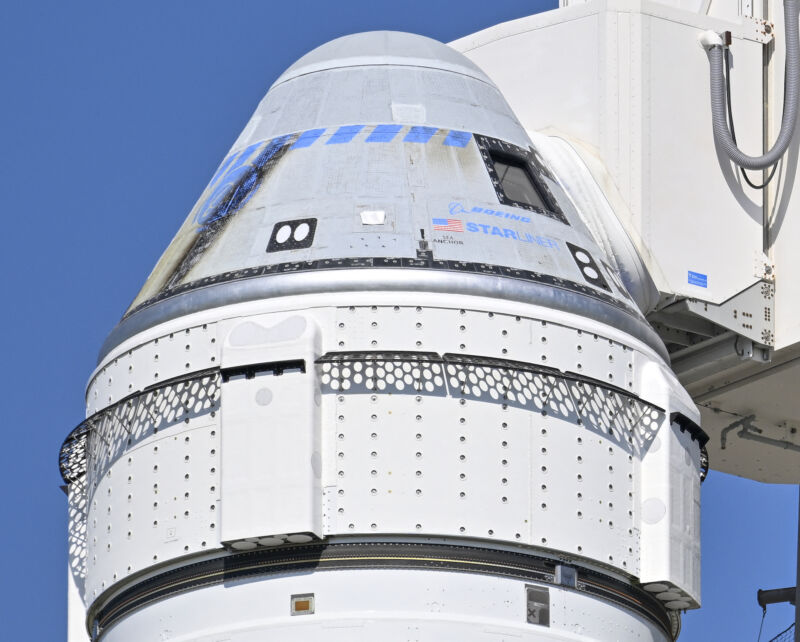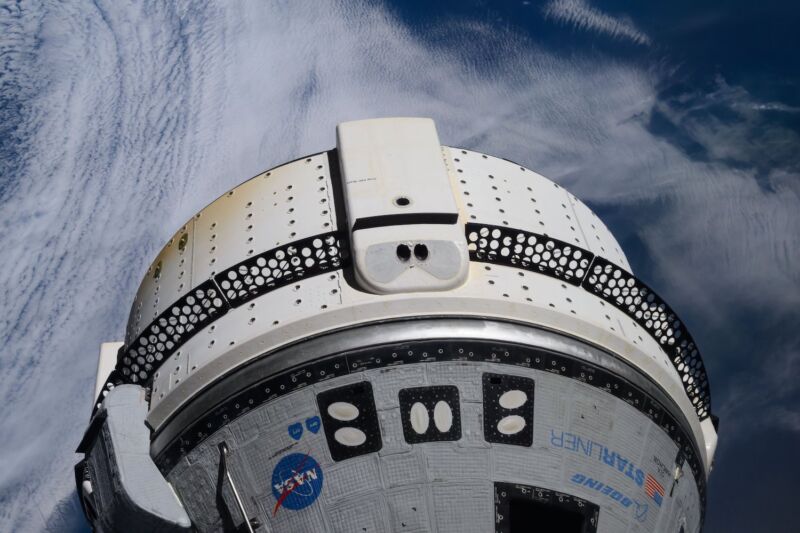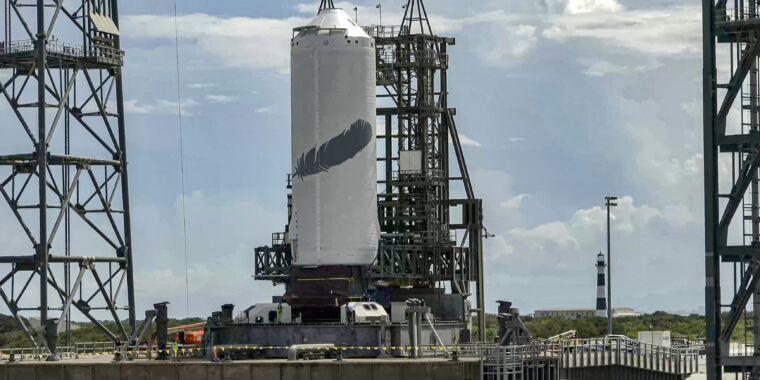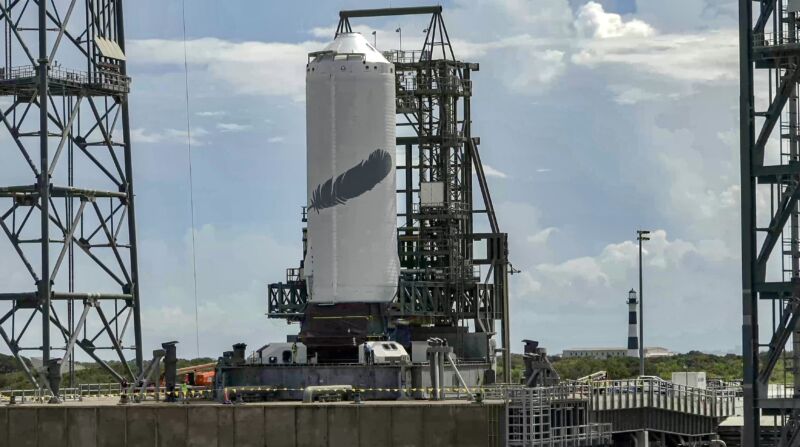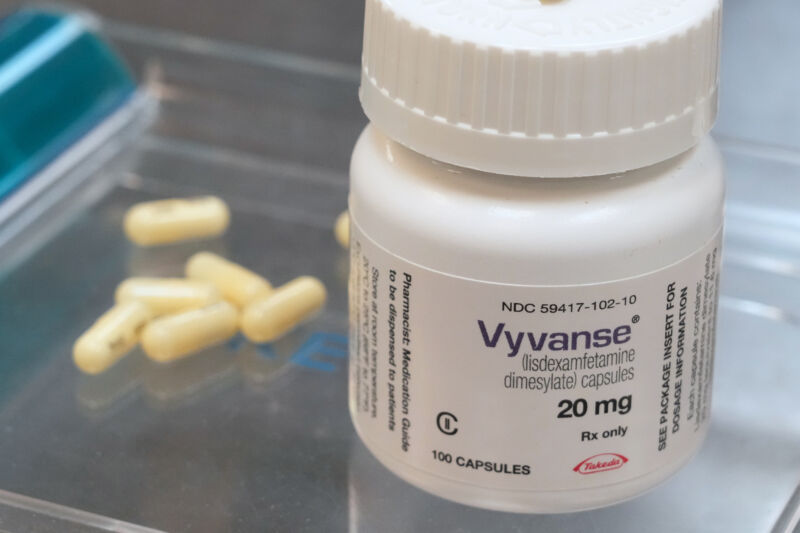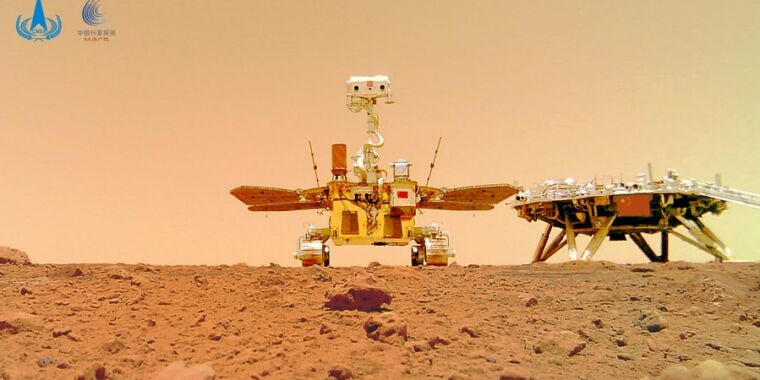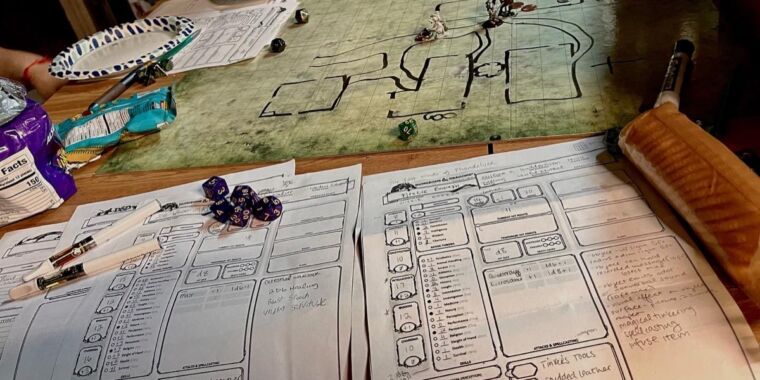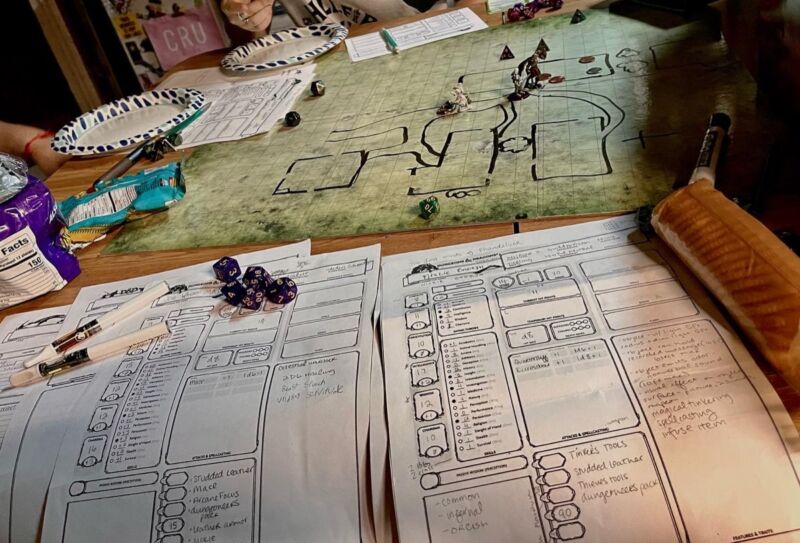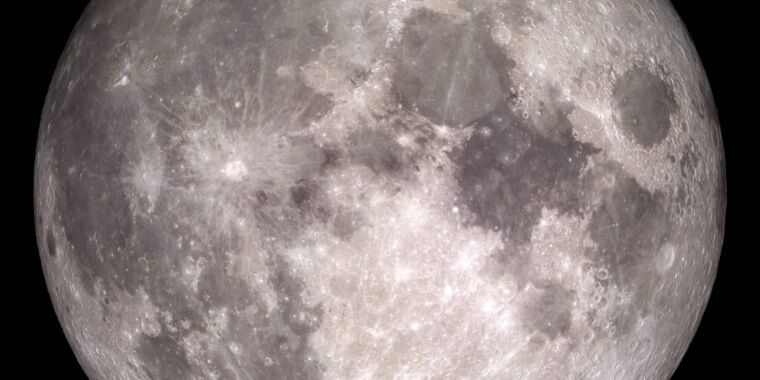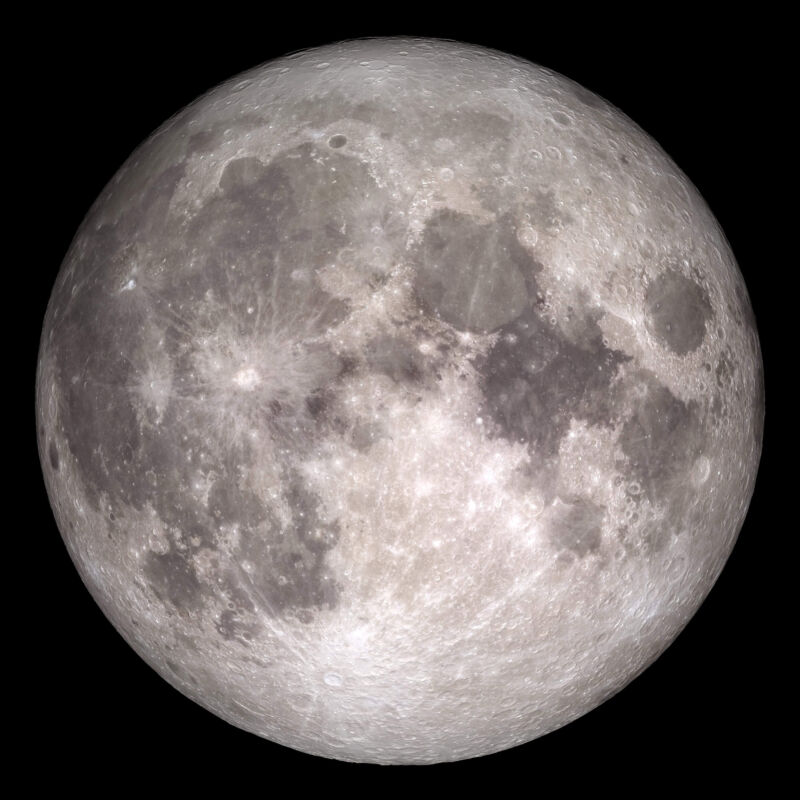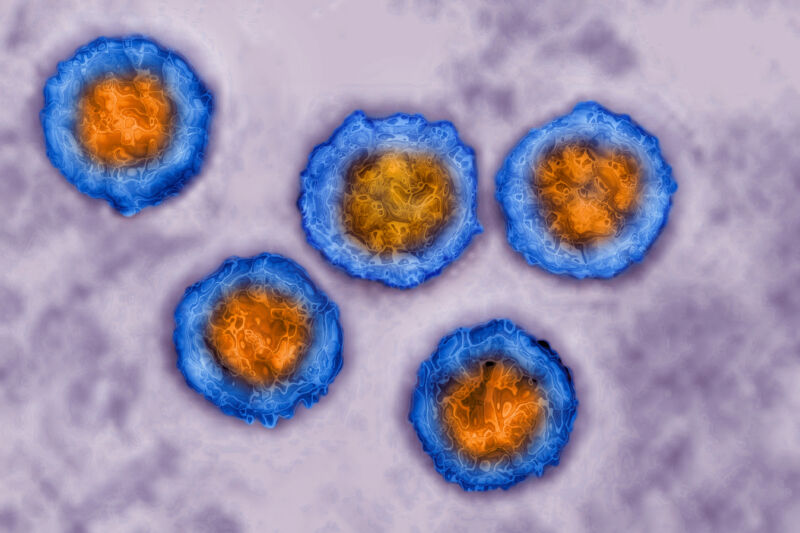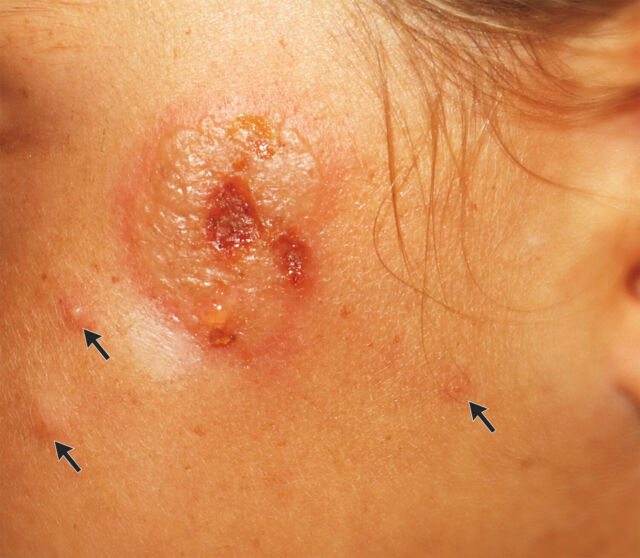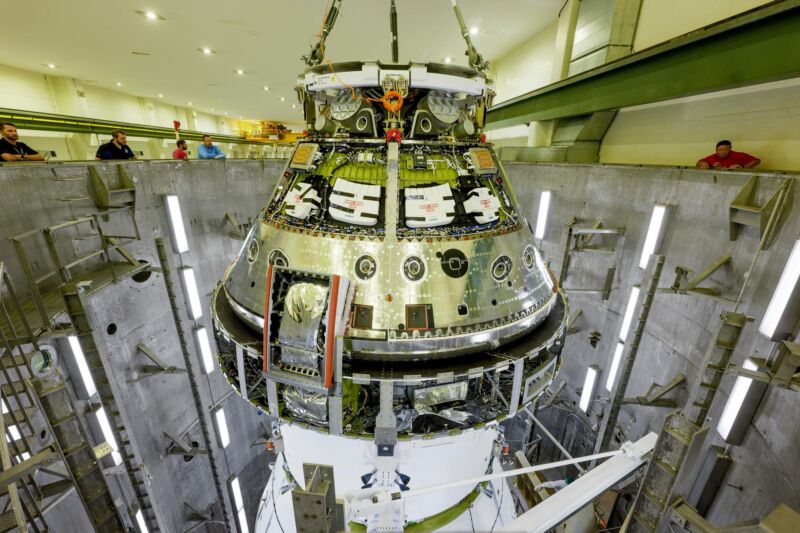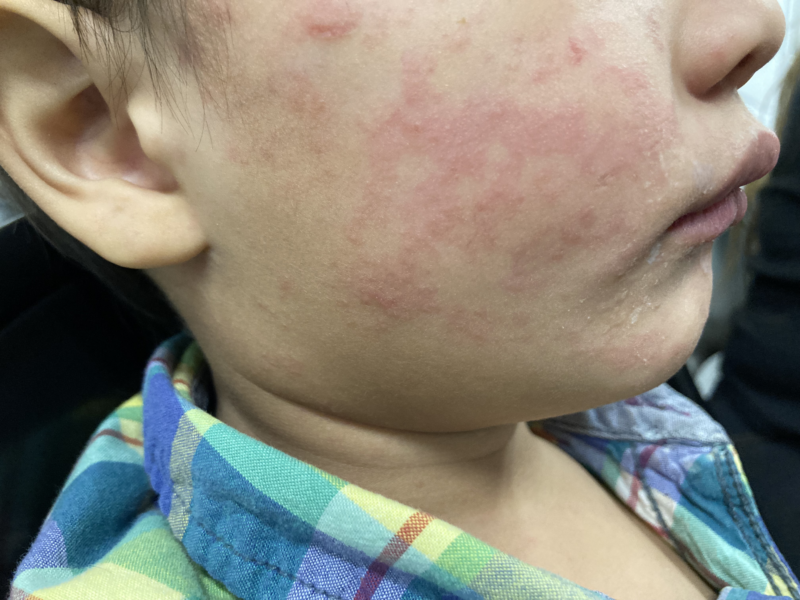Rocket Report: Falcon 9 lifts its 7,000th Starlink; ABL cuts deep
GS2 and Blue —
“Branson was determined to be the first billionaire in space.”
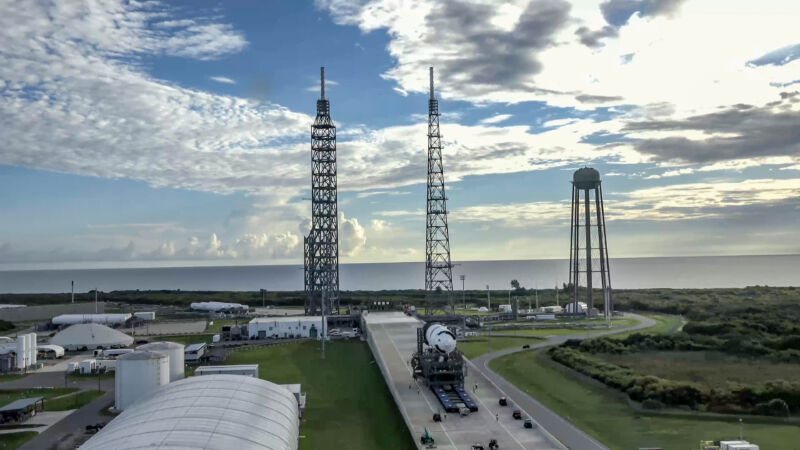
Enlarge / The second stage of the New Glenn rocket rolls to the launch pad on Tuesday.
Blue Origin
Welcome to Edition 7.10 of the Rocket Report! It has been a big week for seeing new hardware from Blue Origin. We’ve observed the second stage of New Glenn rolling out to its launch pad in Florida, and the rocket’s first stage recovery ship, Jacklyn, arriving at a nearby port. It looks like the pieces are finally coming into place for the debut launch of the massive new rocket.
As always, we welcome reader submissions, and if you don’t want to miss an issue, please subscribe using the box below (the form will not appear on AMP-enabled versions of the site). Each report will include information on small-, medium-, and heavy-lift rockets as well as a quick look ahead at the next three launches on the calendar.

Vega rocket makes its final flight. The final flight of Europe’s Vega rocket lifted off Wednesday night from French Guiana, carrying an important environmental monitoring satellite for the European Union’s flagship Copernicus program, Ars reports. About an hour after liftoff, the Vega rocket’s upper stage released Sentinel-2C into an on-target orbit. Then, Sentinel-2C radioed its status to ground controllers, confirming the satellite was healthy in space. The Vega rocket will be replaced by the larger Vega-C rocket, with a more powerful booster stage and a wider payload fairing. One of the primary purposes of the Vega-C will be to launch future Copernicus satellites for Europe.
A mixed record of commercial success … “I think it was a great success,” said Giulio Ranzo, Avio’s CEO, in an interview with Ars a few hours before Wednesday night’s mission. “It was our first launcher. It was our first experience as a major player in the launcher domain.” However, in a dozen years of service, the Vega rocket never really took off in the commercial launch market. It averaged about two flights per year and primarily deployed satellites for the European Space Agency and other European government agencies, which prefer launching their payloads on European rockets.
ABL Space lays off staff. Launch vehicle developer ABL Space Systems has laid off a significant portion of its workforce, citing the need to reduce costs after the loss of a rocket in a static-fire test, Space News reports. In a post on LinkedIn on August 30, Harry O’Hanley, chief executive of ABL, said the company was laying off an unspecified number of people. The layoffs came after the company’s second RS1 rocket was lost in a fire after a static-fire test at the Pacific Spaceport Complex – Alaska on Kodiak Island on July 19.
Era of easy money ends … O’Hanley said in the email that the company had been working to reduce costs at the company even ahead of that test, citing changes in the market and access to capital. The company had raised several hundred million dollars, including $200 million in October 2021 and $170 million in March 2021. Hanley wrote that starting in 2023, “we cut costs and positioned the company for leaner operations with smaller teams, restrained hiring, and more conservative spending.” That was working, he said, until the static-fire incident. (submitted by brianrhurley and Ken the Bin)
The easiest way to keep up with Eric Berger’s space reporting is to sign up for his newsletter, we’ll collect his stories in your inbox.
So many un-spac-tacular results. A recent feature in Space News reviewed how the special purpose acquisition company, or SPAC, process has gone for several new space firms. Fortunes have been decidedly mixed for the space businesses that merged with publicly traded shell companies in search of capital as COVID-19 ravaged the economy, the publication says.
Launch does not fare well … “Wildly missed revenue projections from most of the class in their eagerness to drum up investor support for their SPAC merger have not helped their reputation,” the author, Jason Rainbow, writes. The list includes four launch companies: Virgin Galactic, Virgin Orbit, Astra, and Rocket Lab. Of these, Virgin Orbit has gone bankrupt, and Astra’s results were so disastrous that it went private again. Then there’s Virgin Galactic, a company whose shares publicly trade at $7, down nearly 90 percent from its peak during the pandemic. Only Rocket Lab gets a gold star for its post-SPAC performance.
New investor suit filed against Branson over Virgin Galactic. A newly unsealed lawsuit alleges that Richard Branson exploited bogus hype about the capabilities of Virgin Galactic’s spacecraft to make $1 billion worth of illegal insider stock sales, Bloomberg Law reports. A shareholder sued Branson, saying he spent years misleading the public about the readiness of Virgin Galactic’s flagship space tourism vessel, Unity, then dumped “massive portions of his stock” across 2020 and 2021. The sales included $300 million in August 2021, shortly after Branson flew on the spaceship. Branson founded Virgin Galactic about two decades ago.
Branson says suit is meritless … “Despite the near misses, loss of life, and questionable safety record, Branson was determined to be the first billionaire in space” so he could “secure billionaire bragging rights” and try to bail out a travel business empire that lost nearly $1.9 billion during the COVID-19 pandemic, the suit says. Branson and Virgin Galactic disputed the court claims in separate statements Wednesday. Branson called the claims meritless through a spokesperson, saying he would “vigorously defend against them.” The case involves shareholder derivative claims, which are technically brought on a corporation’s behalf against its leaders or owners.
MaiaSpace working toward stage testing. French launch firm MaiaSpace has announced that it is preparing to conduct the first hot fire test of the upper stage of its Maia rocket in 2025, European Spaceflight reports. The company is developing a partially reusable two-stage rocket called Maia that will be capable of delivering payloads of up to 1,500 kilograms when launched in an expandable configuration. For both of its stages, the rocket will use Prometheus rocket engines, which are being developed by ArianeGroup under a European Space Agency contract.
Is it new space or old space? … MaiaSpace is an interesting company. It positions itself as a launch startup, but it is also a wholly owned subsidiary of ArianeGroup, which is as traditional a launch company as can be. The rocket’s first stage will essentially be the Themis reusable booster demonstrator, which is also being developed by ArianeGroup under an ESA contract. (submitted by Ken the Bin)
Rocket Report: Falcon 9 lifts its 7,000th Starlink; ABL cuts deep Read More »
